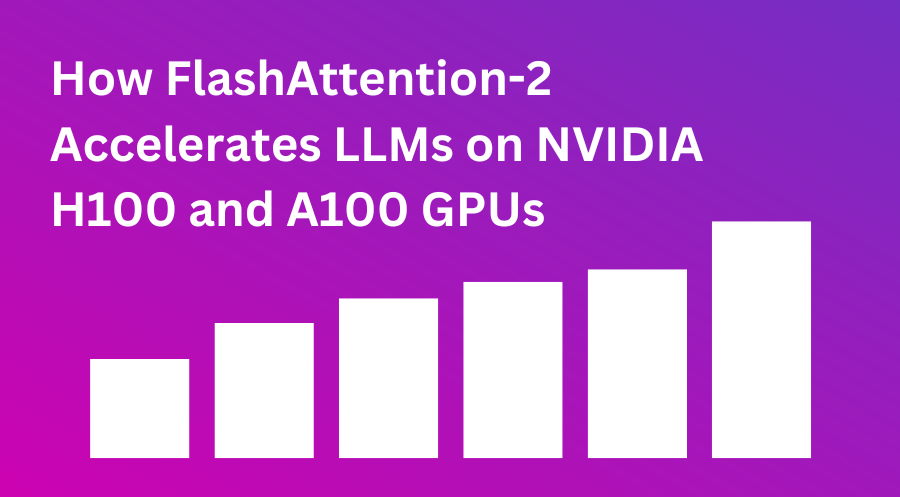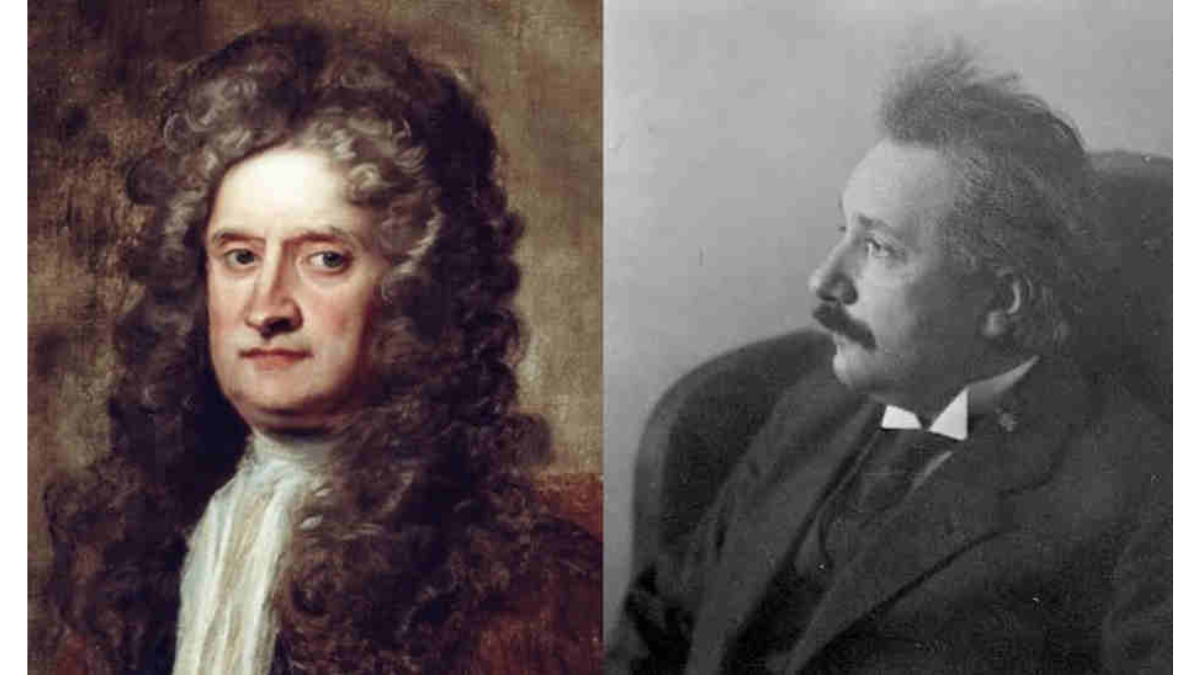
How FlashAttention-2 Accelerates LLMs on NVIDIA H100 and A100 GPUs
This blog post walks you through how to use FlashAttention-2 on Lambda Cloud and outlines NVIDIA H100 vs NVIDIA A100 benchmark results for training GPT-3-style ...

This blog post walks you through how to use FlashAttention-2 on Lambda Cloud and outlines NVIDIA H100 vs NVIDIA A100 benchmark results for training GPT-3-style ...
Published on by Chuan Li

Published on by Chuan Li

Lambda is thrilled to team up with Hugging Face, a community platform that enables users to build, train, and deploy ML models based on open source code, for a ...
Published on by Chuan Li
Create a cloud account instantly to spin up GPUs today or contact us to secure a long-term contract for thousands of GPUs